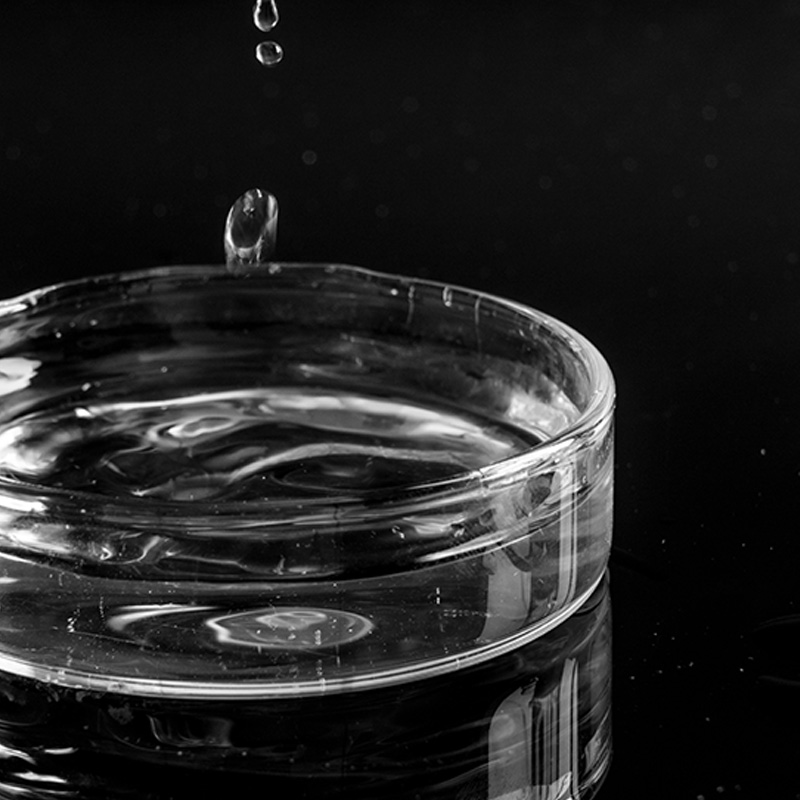Poly (ethylene 2,5-furandicarboxylate) (PEF) is more susceptible to UV-induced degradation compared to conventional plastics like PET or polycarbonate. Ultraviolet (UV) radiation from sunlight can break down polymer chains in PEF, resulting in surface deterioration, fading of color, and a reduction in mechanical strength over time. This photo-degradation process can lead to the material becoming more brittle, increasing the likelihood of cracks or fractures, especially in high-stress applications. UV stabilizers or additives can be incorporated into the polymer during the manufacturing process to improve its resistance to UV light, which could help mitigate the long-term damage caused by sunlight exposure.
Weatherability refers to the material’s ability to withstand environmental stressors such as moisture, heat, cold, and wind without losing its functionality. PEF, being a biopolymer, is more sensitive to moisture absorption than traditional plastics like PET. This can result in dimensional instability when exposed to high levels of humidity or water. As material absorbs moisture, it may experience swelling or softening, which can affect its mechanical properties, such as tensile strength and elasticity. In outdoor environments, this can lead to deformation and wear over time. PEF's reaction to fluctuating temperatures can result in brittleness in colder climates or softening in hotter environments, which affects the material's performance in extreme weather conditions.
To improve PEF’s weatherability for outdoor applications, manufacturers often explore composite materials or coating technologies. For instance, PEF can be blended with hydrophobic additives to reduce moisture absorption and improve water resistance. In addition, UV-resistant coatings can be applied to PEF-based products to extend their outdoor durability. These coatings act as a barrier between the polymer and the elements, significantly reducing the damage caused by sunlight exposure and weather conditions. Another approach involves integrating multilayered structures where PEF serves as the core layer, while outer layers provide added protection from environmental stressors. These innovations help enhance PEF's performance for long-term outdoor use, especially in packaging and construction materials.
While PEF has potential in outdoor packaging, such as for beverage bottles or agricultural products, its UV resistance and weatherability currently limit its widespread application in such fields without additional treatment. For short-term outdoor exposure, PEF can perform adequately, but for longer durations, the material may require enhancements to prevent degradation. PEF-based packaging may be suited for environments where exposure to sunlight or harsh weather is minimal or where additional protective treatments can be applied. However, for permanent or long-term use in outdoor environments, PEF would require additional protective measures like UV-blocking coatings or blended composites to increase its service life and weather resistance.
When compared to PET, PEF is less resistant to UV radiation and weathering without specialized treatment. PET naturally exhibits better UV stability due to its molecular structure, which allows it to better withstand outdoor exposure without experiencing the same degree of photo-degradation. While PEF offers superior mechanical properties such as strength and flexibility, PET’s established performance in outdoor applications like beverage bottles, food packaging, and automotive parts gives it a competitive edge for UV exposure and weather resilience. To compete with PET in outdoor applications, PEF must be enhanced with additives or coatings to provide the necessary UV protection and weatherability, especially for products that are subject to long-term exposure to the sun, heat, and moisture.


 英语
英语 中文简体
中文简体









